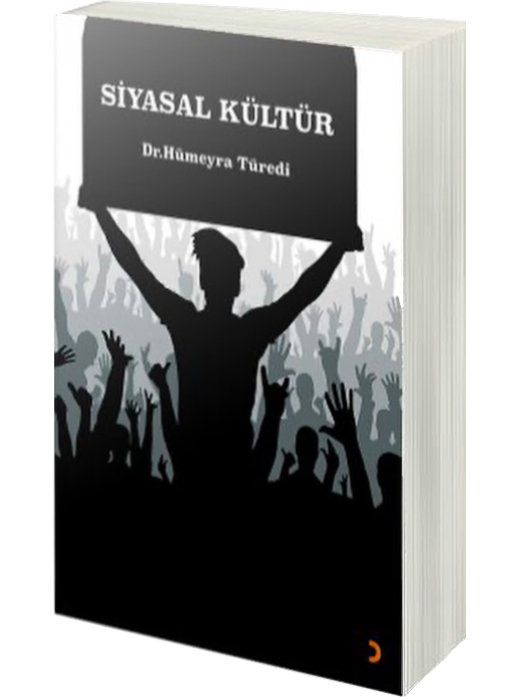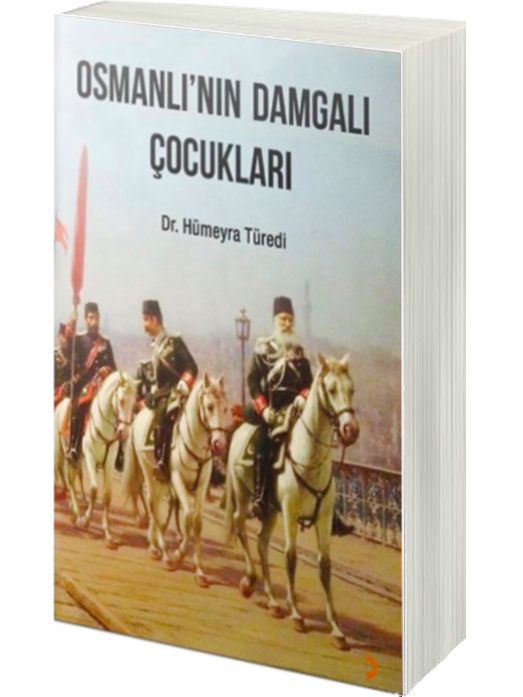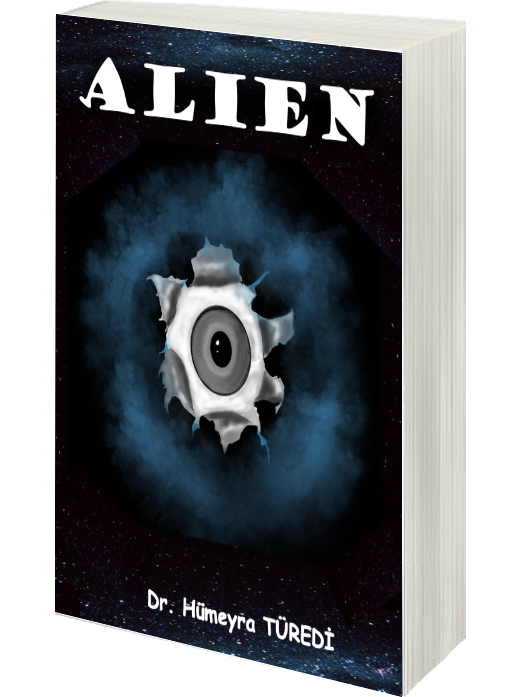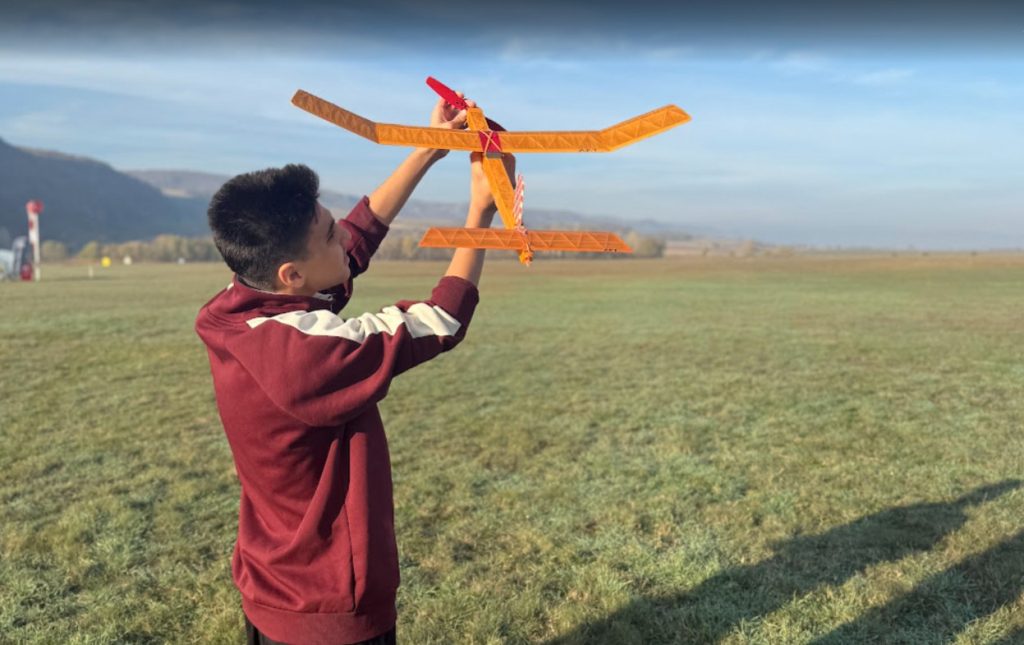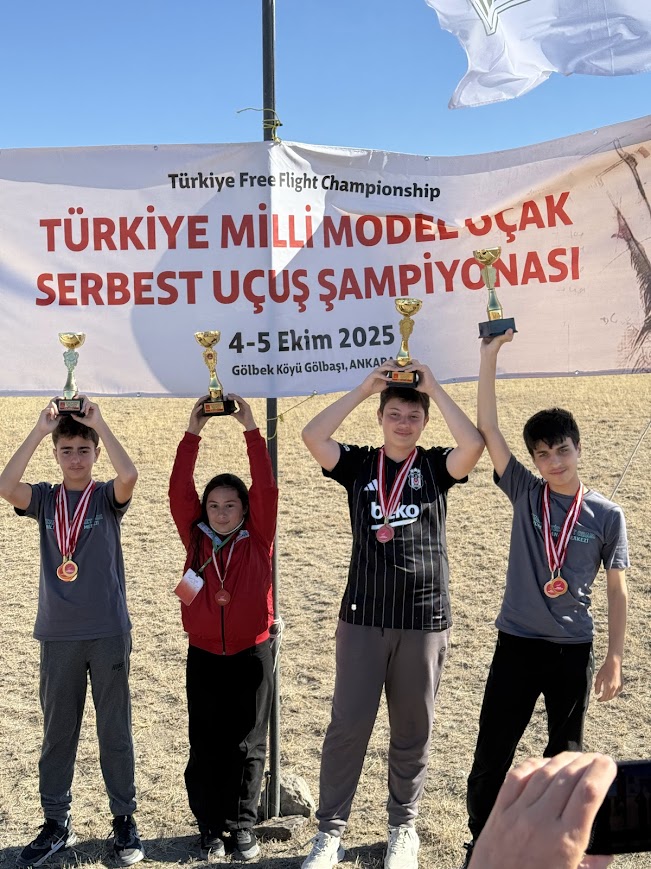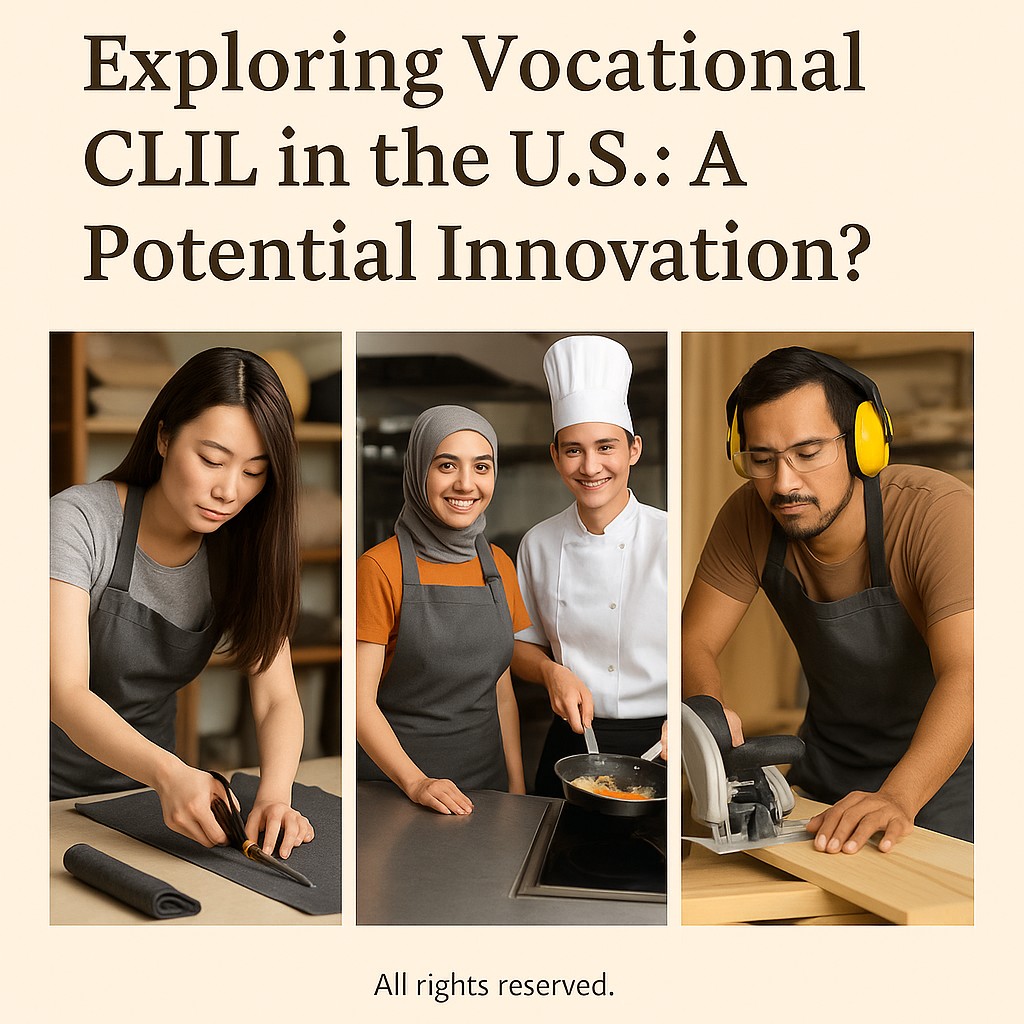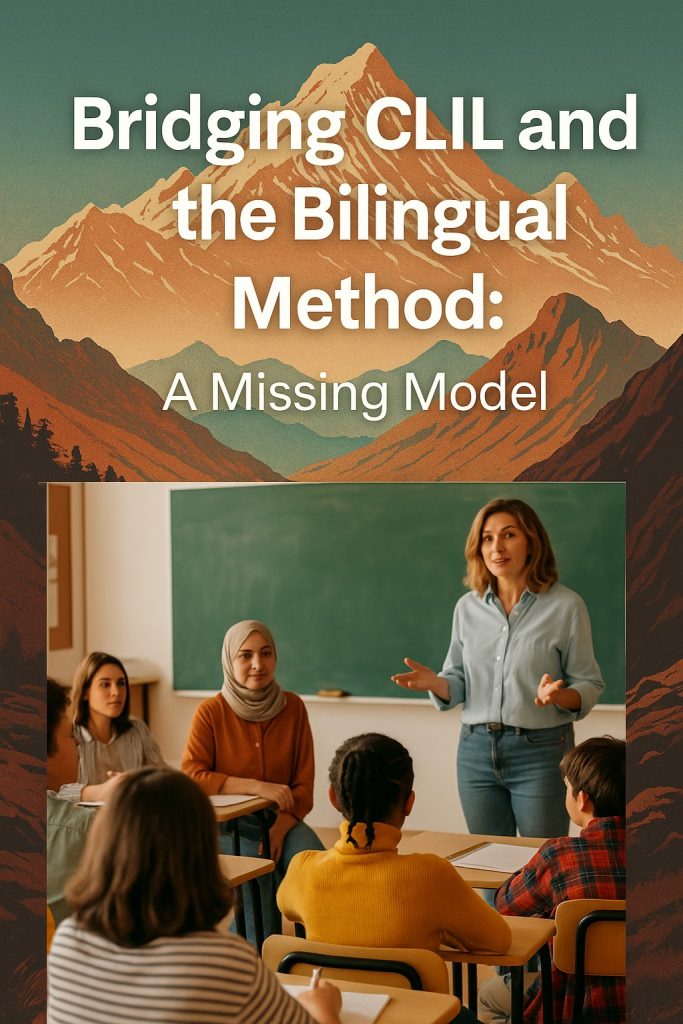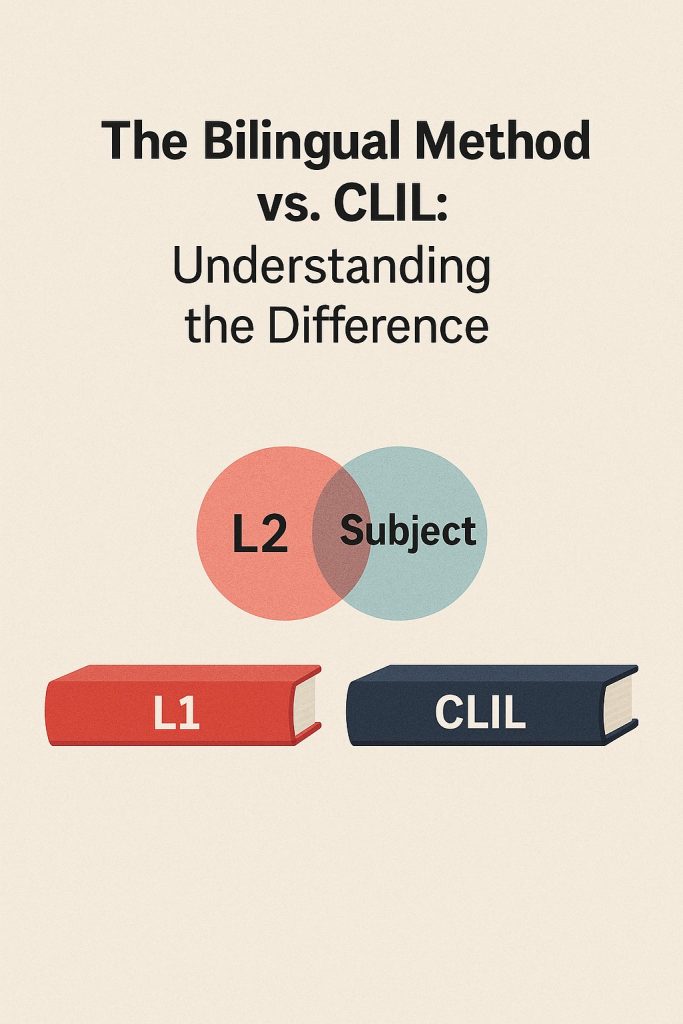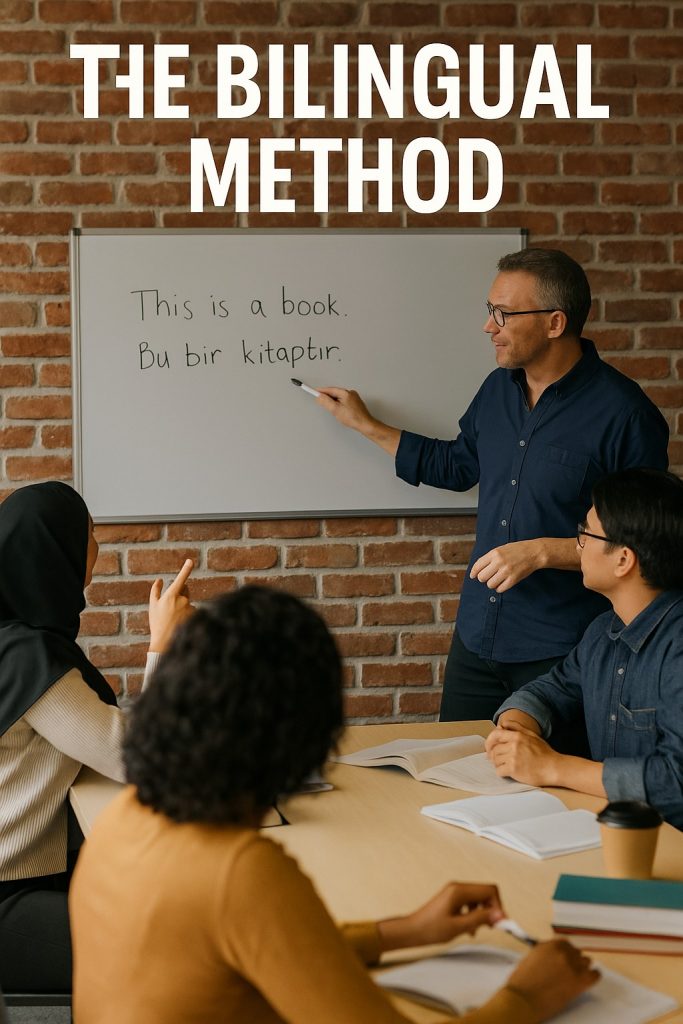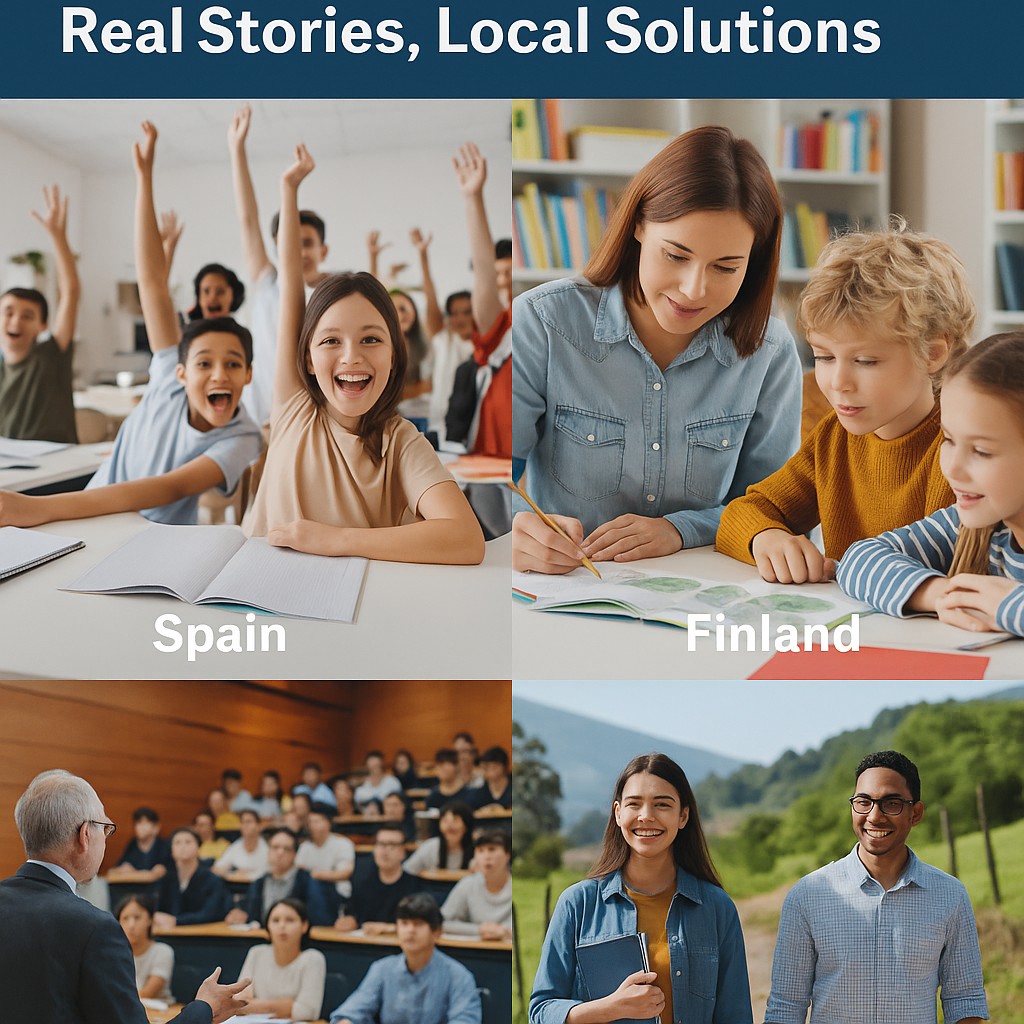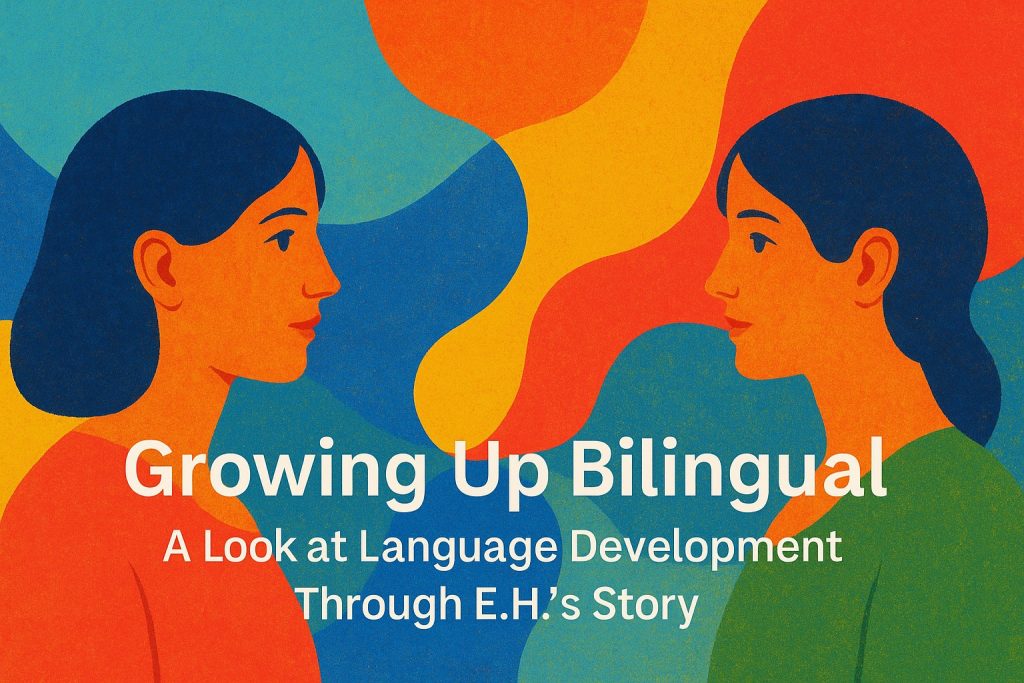
In recent years, many discussions have focused on bilingualism. Some parents worry that “If my child learns two languages at the same time, will they get confused?” while others believe bilingualism provides a lifelong advantage. Interviews with bilingual students offer valuable insights into these questions. In this article, I explore how bilingualism shapes children’s linguistic, cultural, and cognitive development through the real-life experience of a student I will refer to as E.H.

